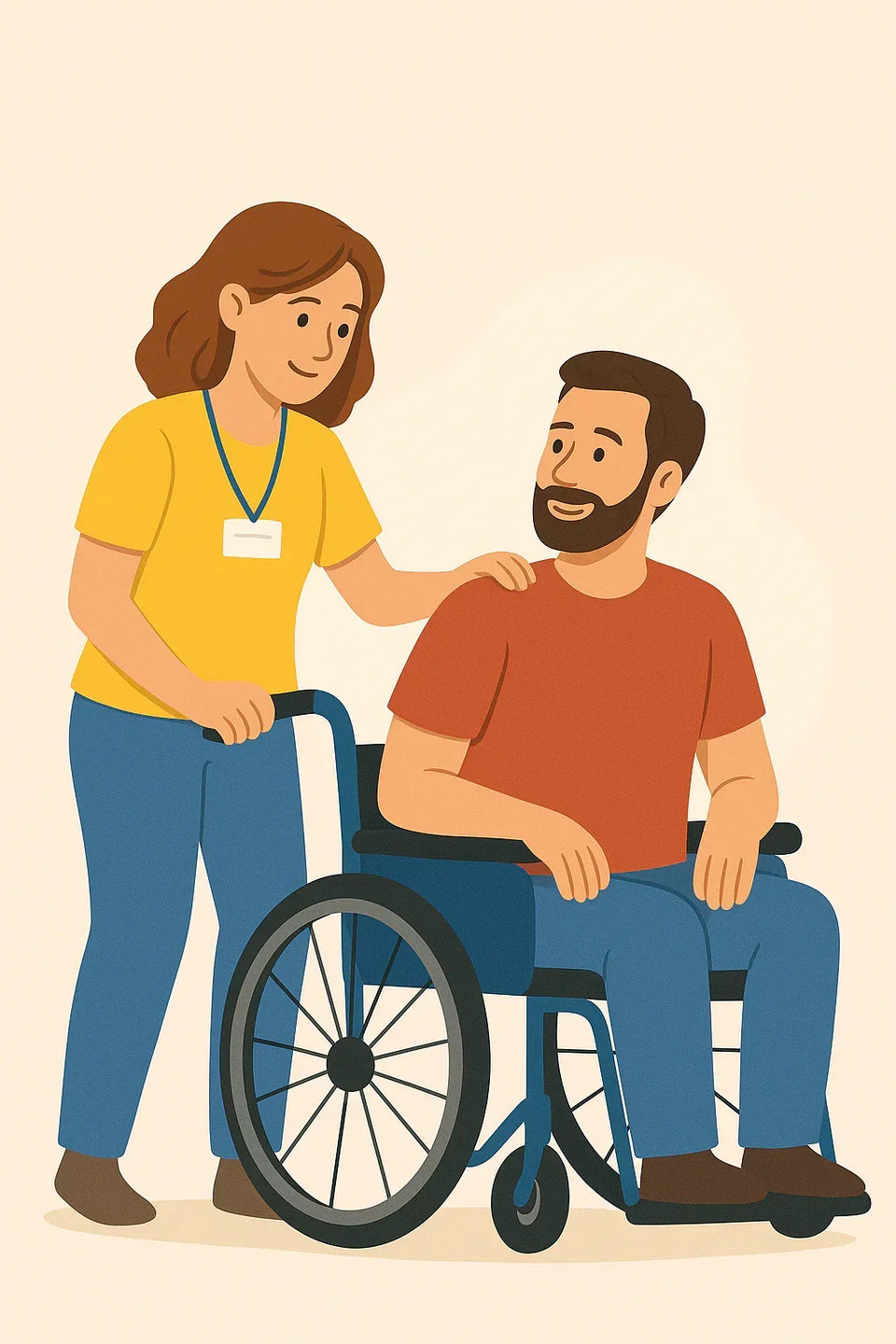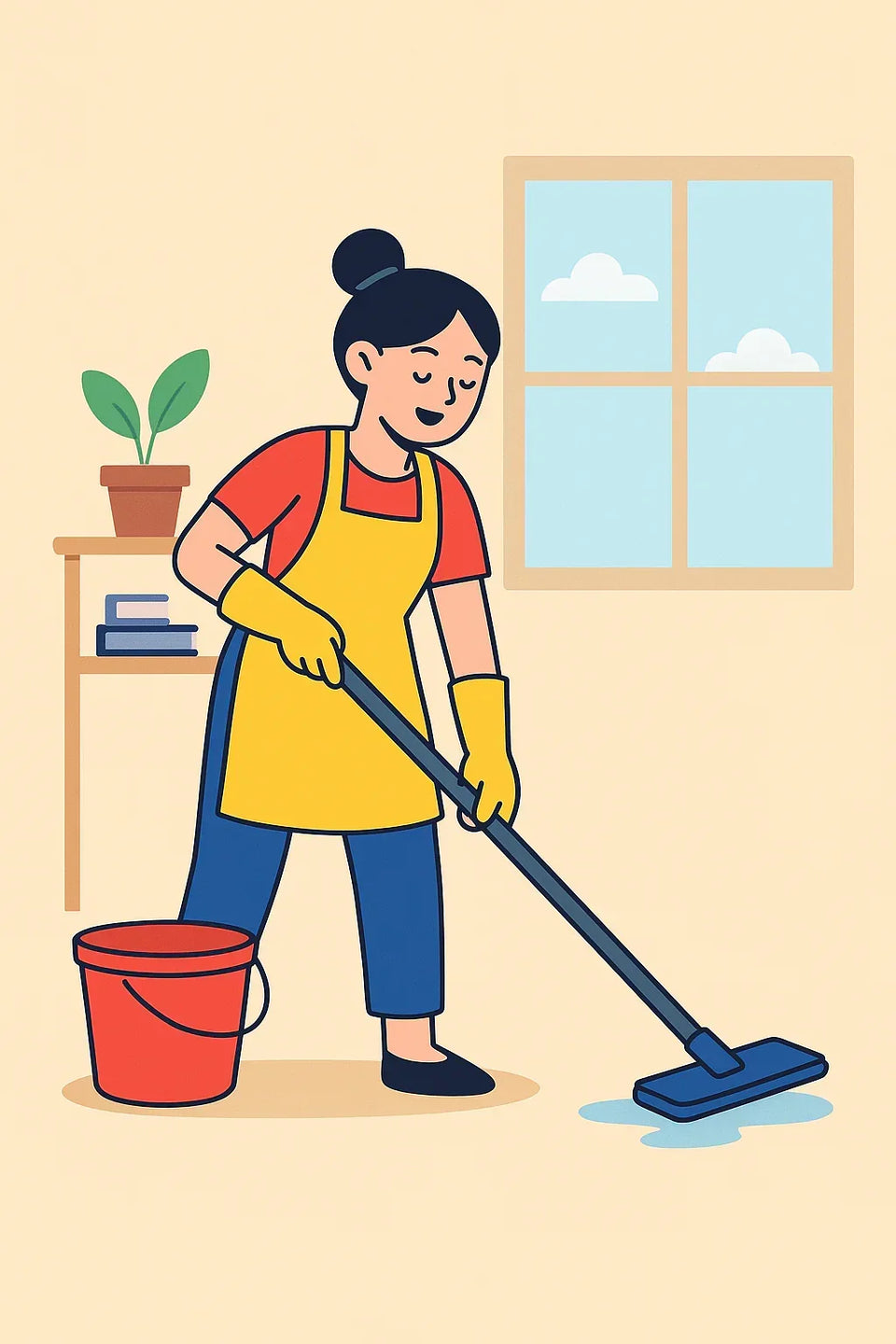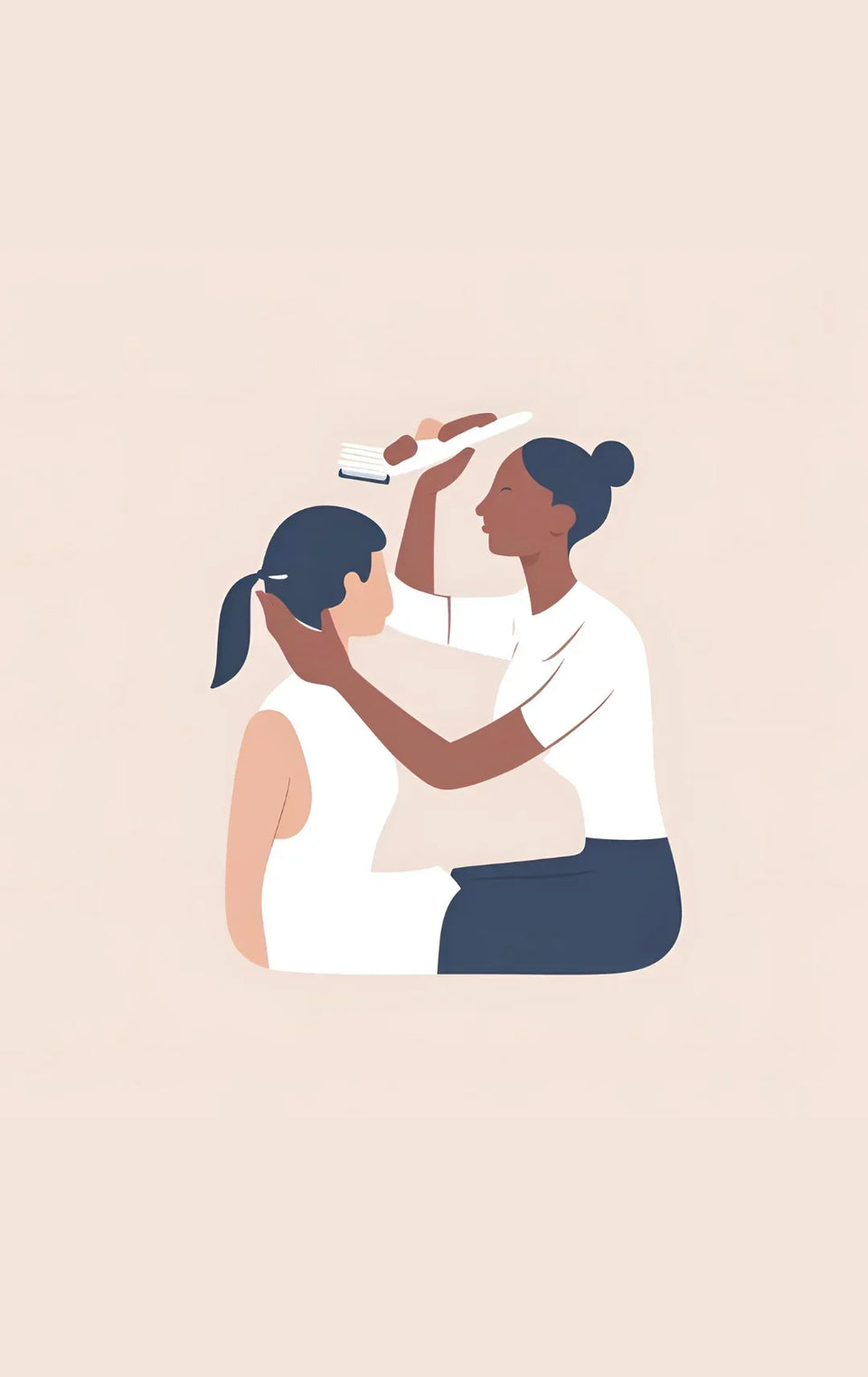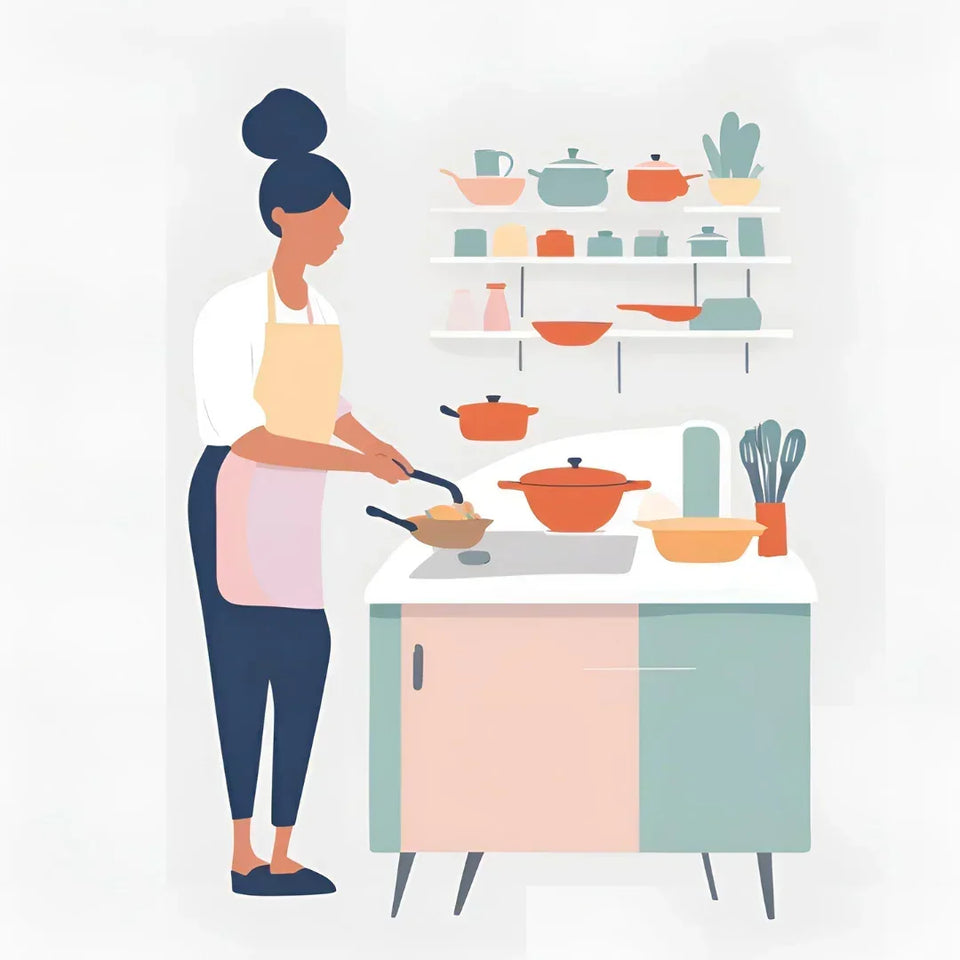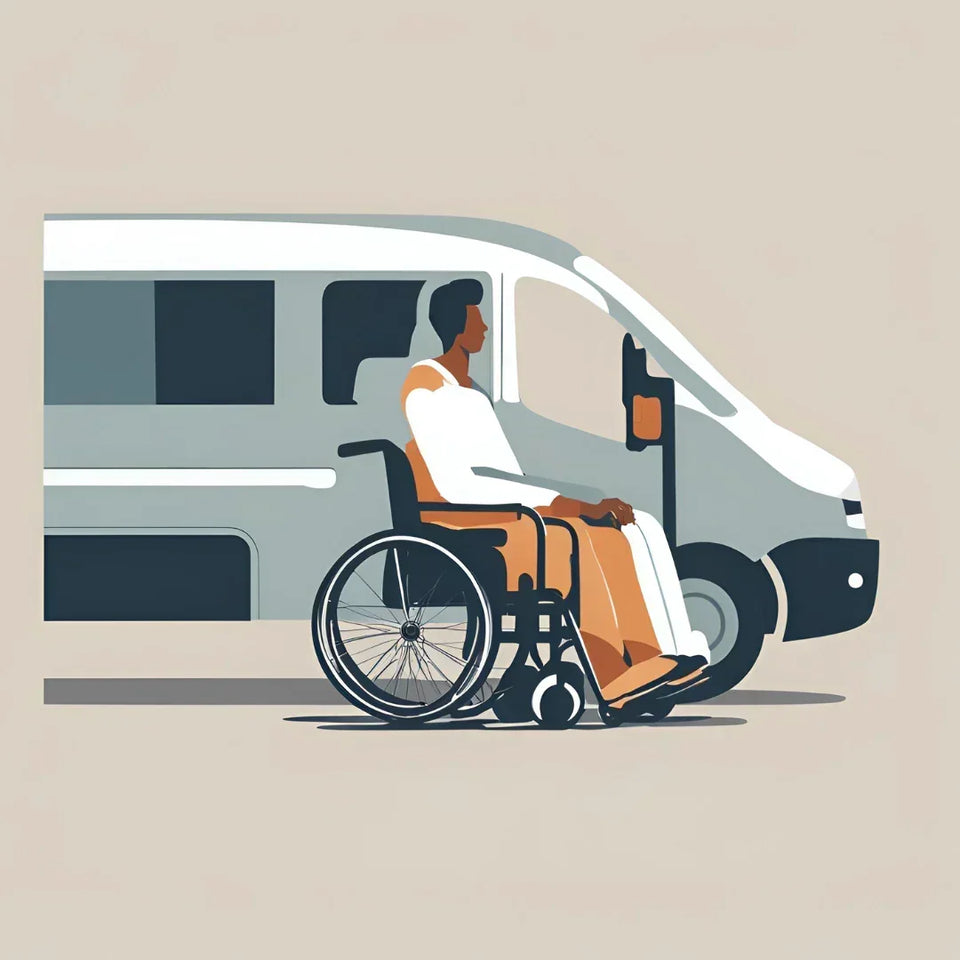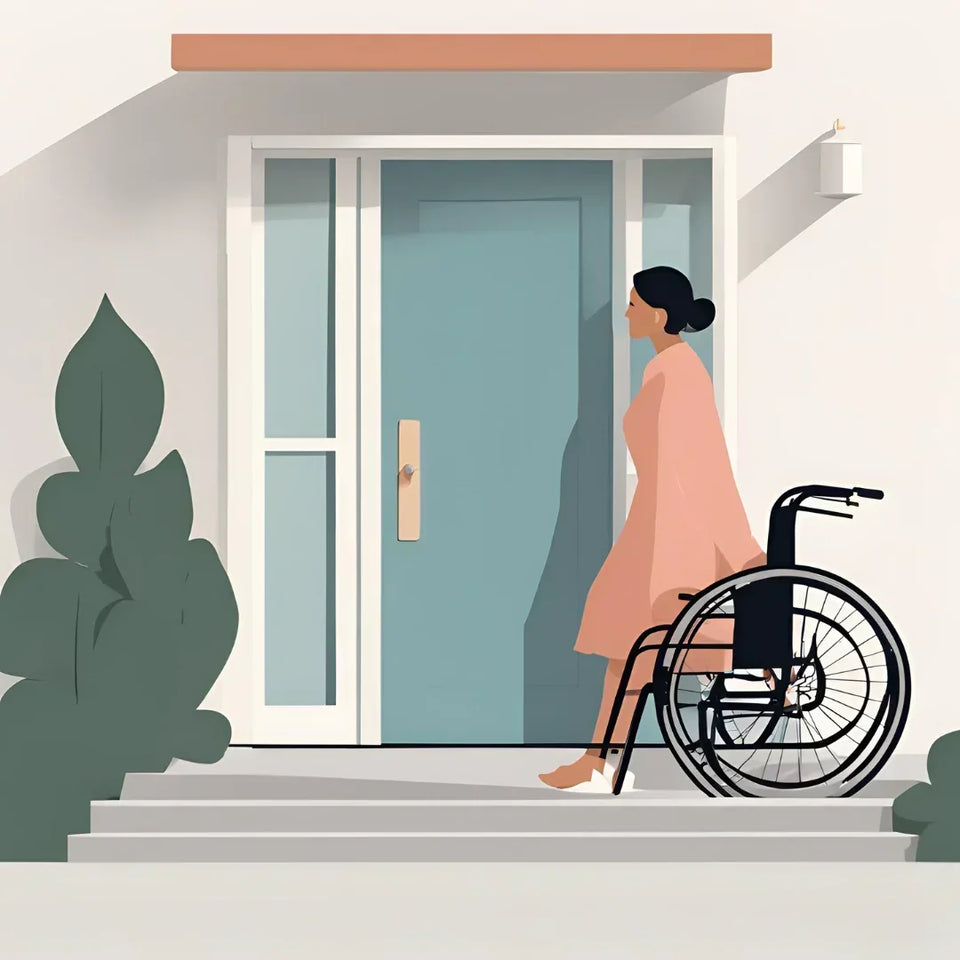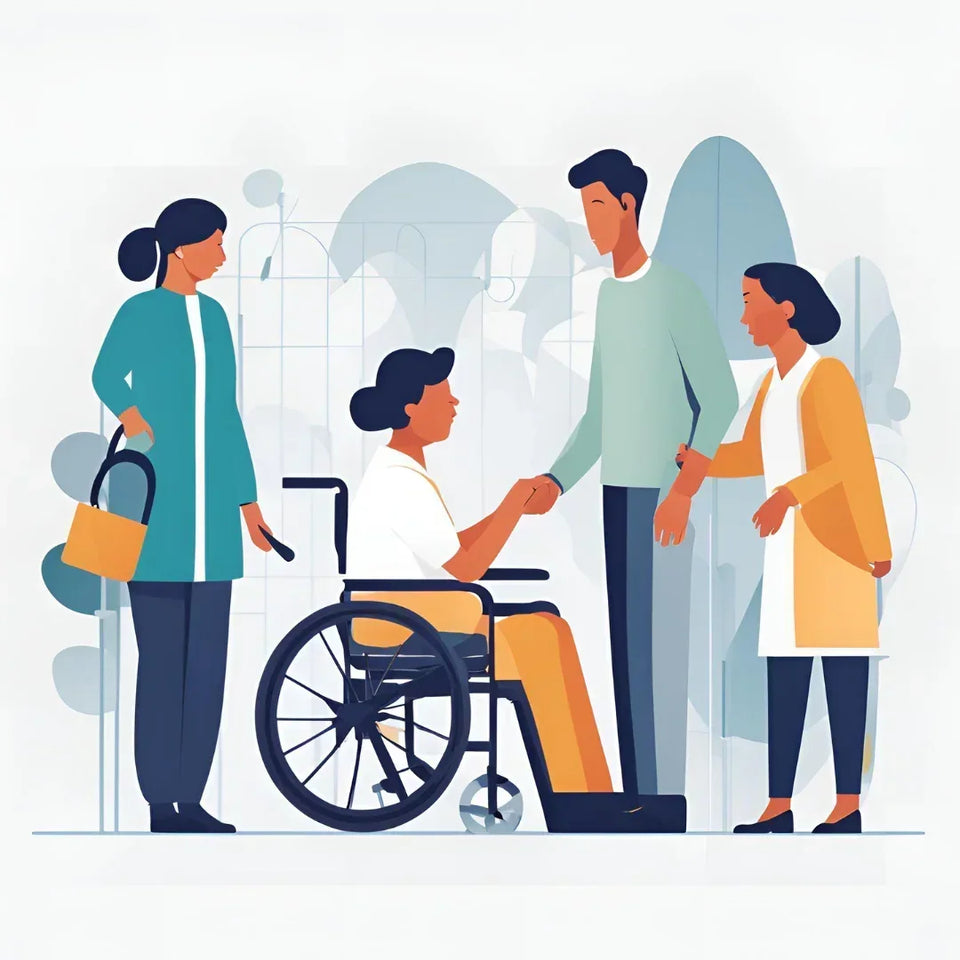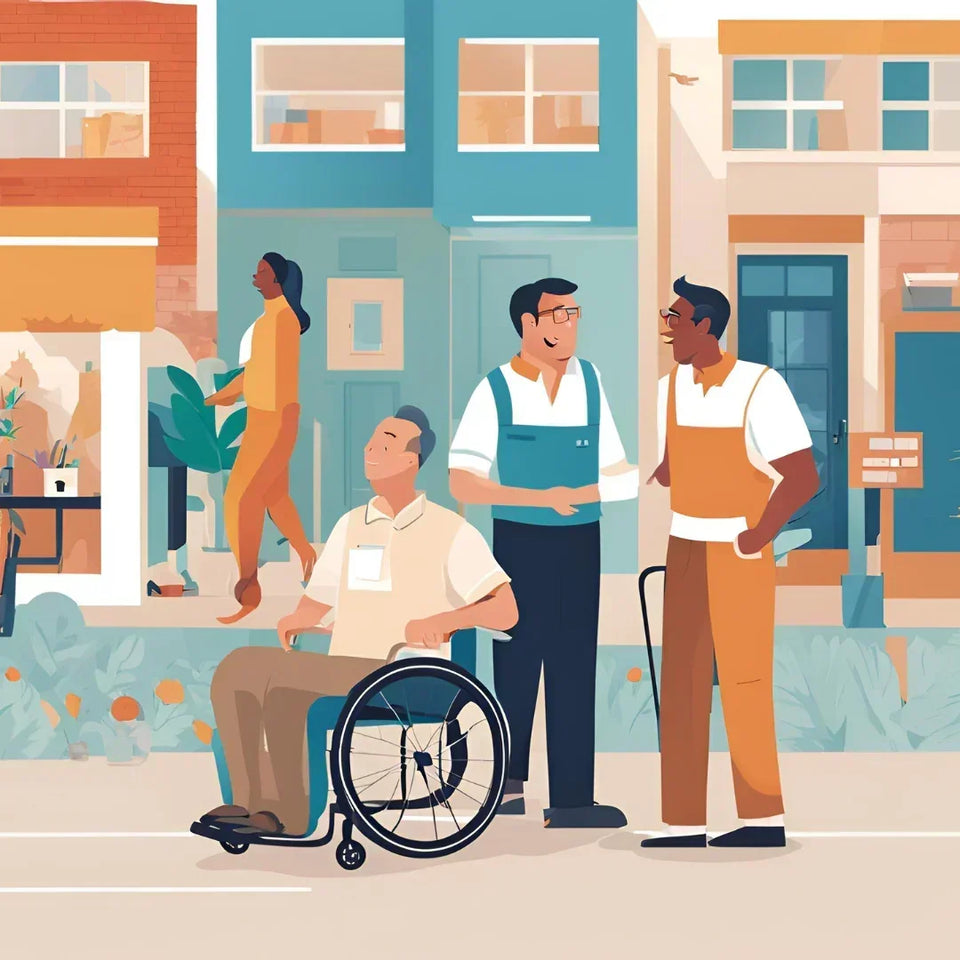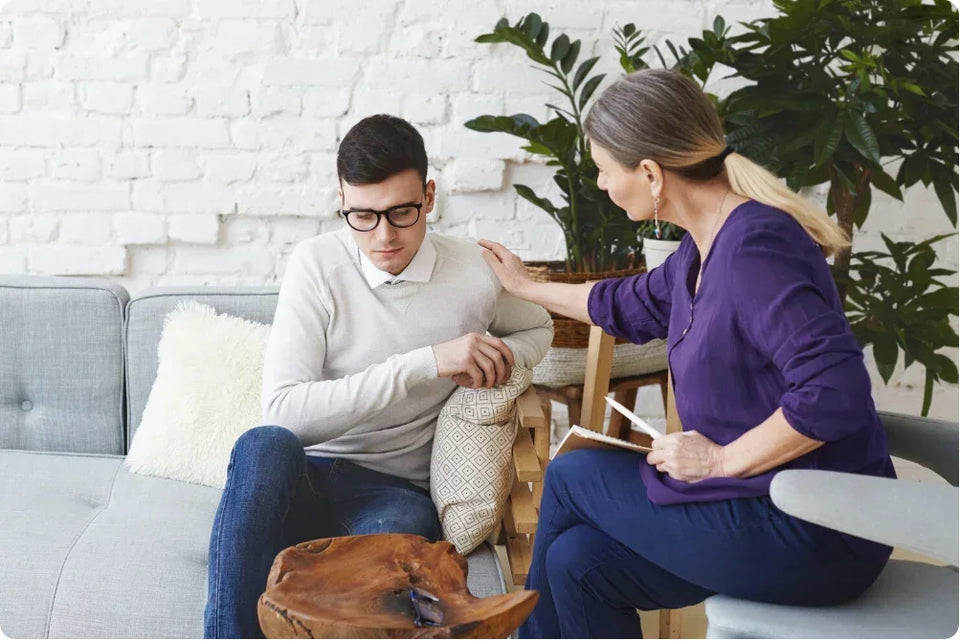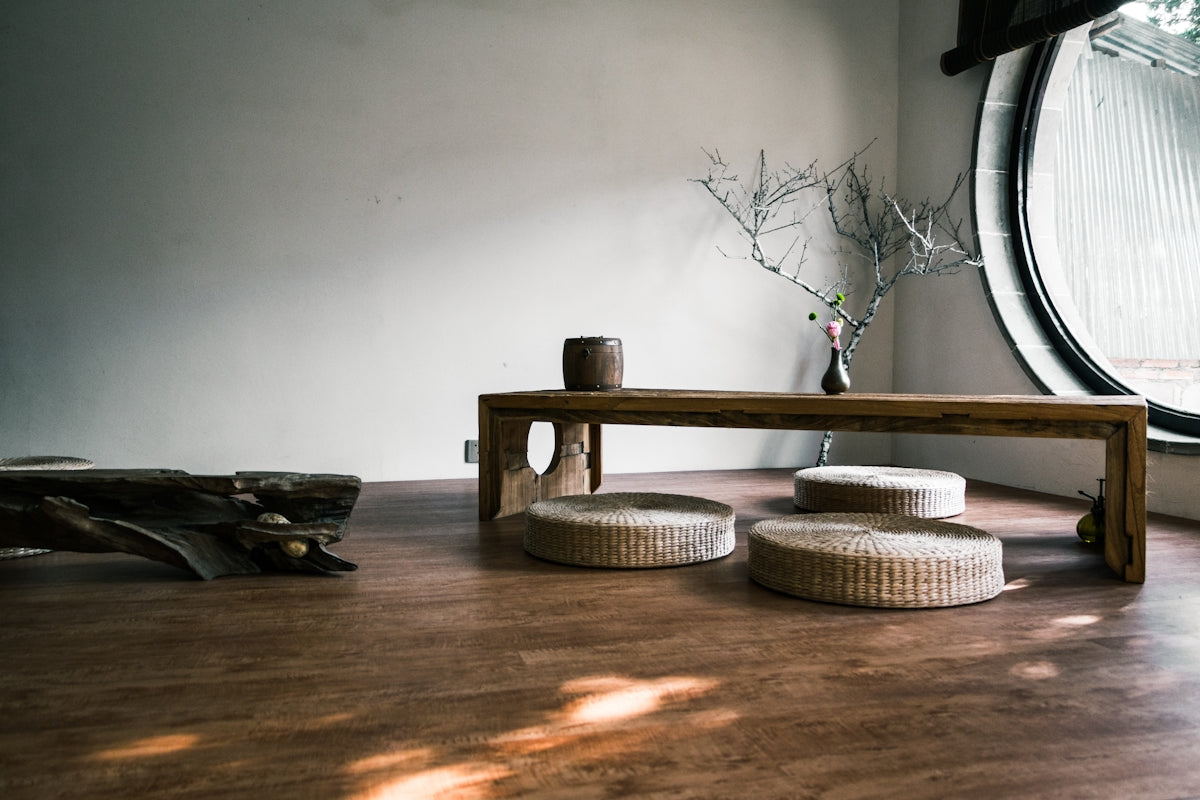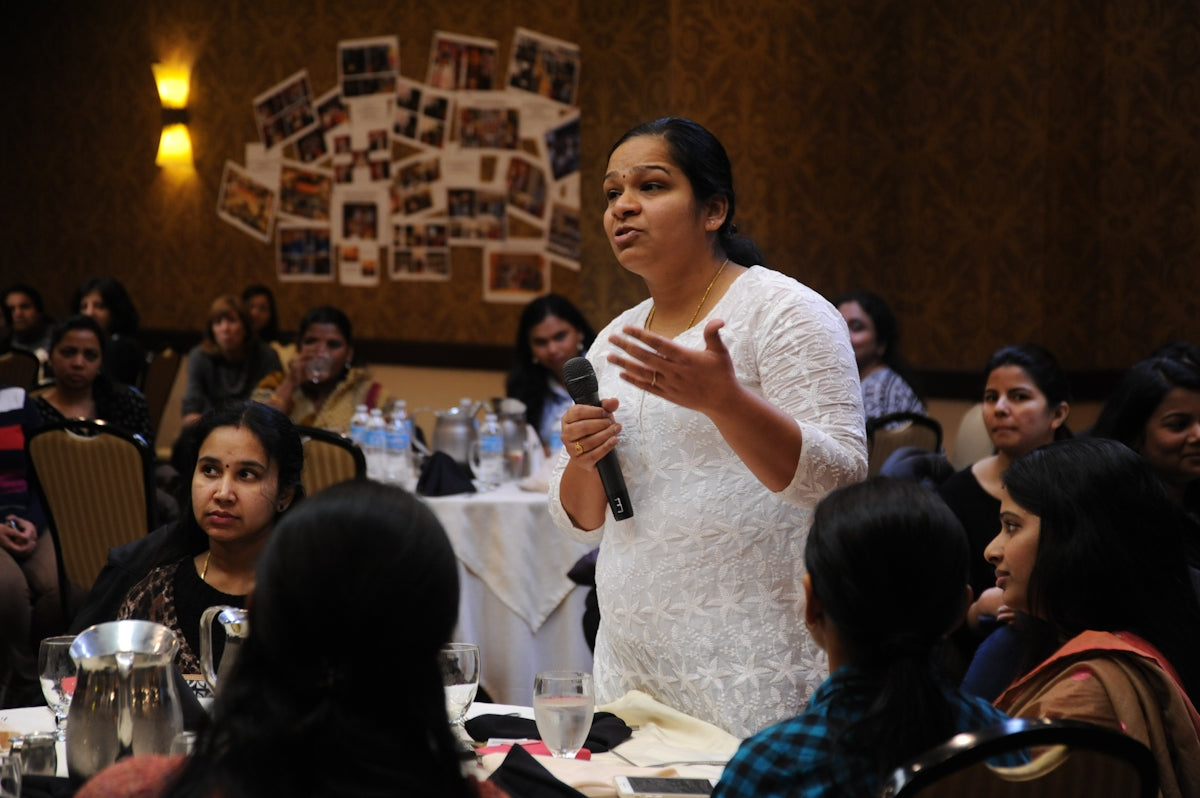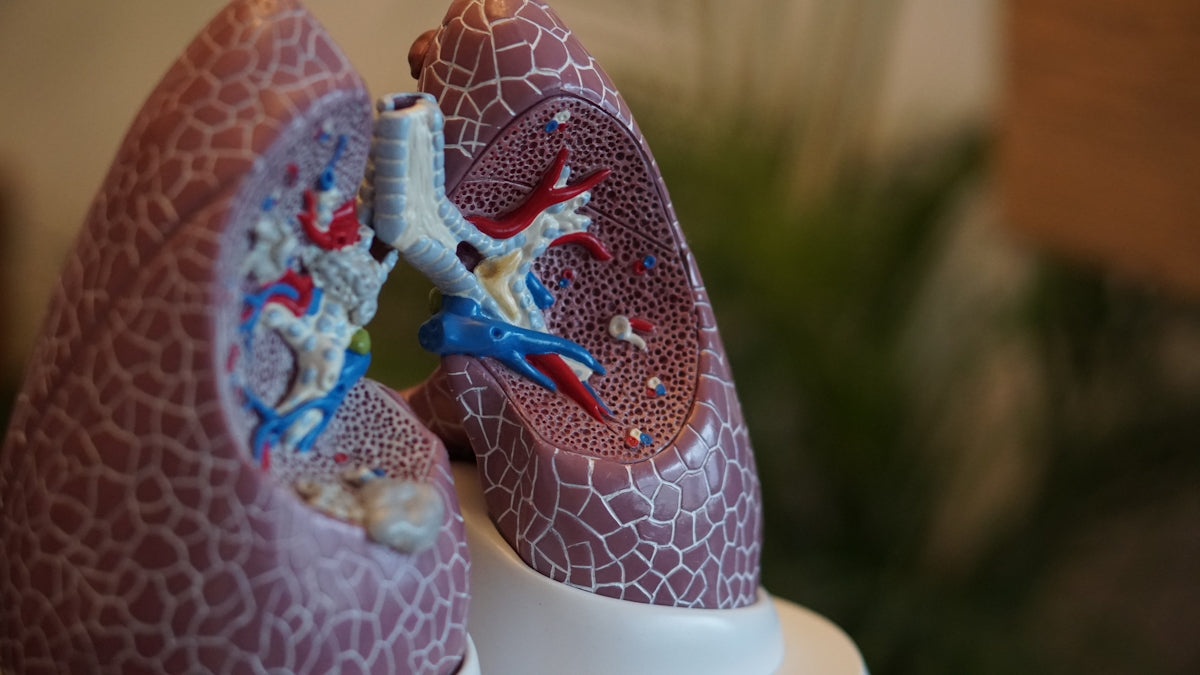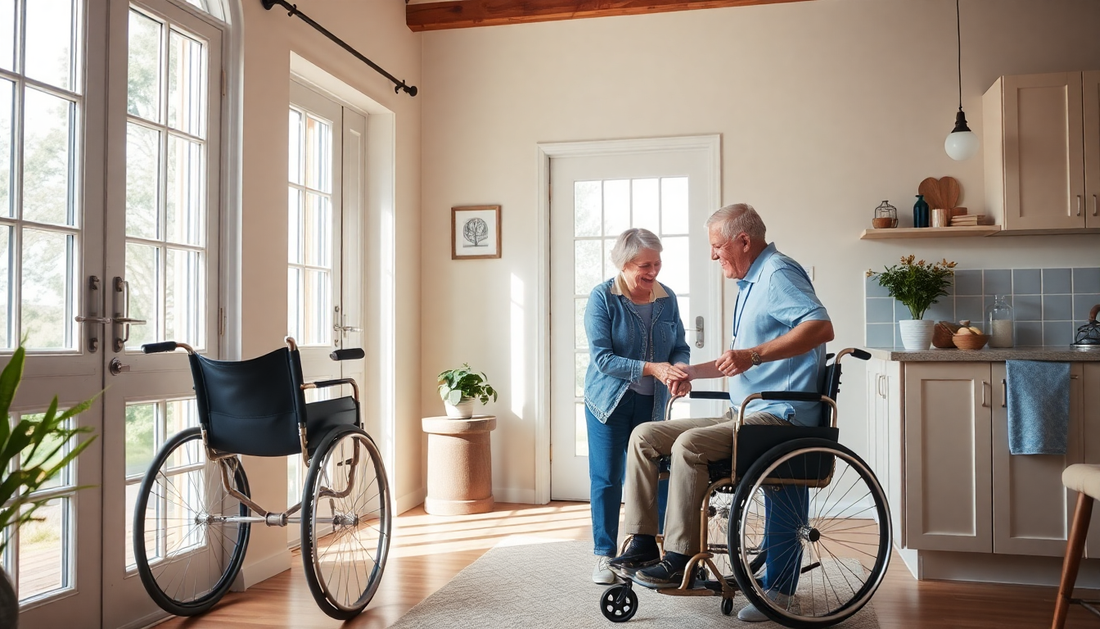
Enhancing Home Safety for NDIS Participants: A Comprehensive Guide
Share
As an NDIS participant, ensuring a safe and accessible home environment is crucial for maintaining independence and quality of life. Whether you're living with a disability or supporting a loved one, creating a secure and comfortable living space can make a significant difference in your daily experiences. In this comprehensive guide, we'll explore practical strategies and NDIS-funded solutions to enhance home safety and empower NDIS participants to thrive in their own homes.
Understanding NDIS Home Modifications
The National Disability Insurance Scheme (NDIS) recognizes the importance of a safe and accessible home environment for individuals living with disabilities. Through the NDIS, participants can access funding for home modifications that address their specific needs and improve their overall well-being.
Home modifications can range from simple adjustments, such as installing grab bars or ramps, to more complex structural changes, like widening doorways or installing a lift. These modifications are designed to enhance mobility, reduce the risk of falls, and enable participants to navigate their homes with greater ease and independence.
Assessing Your Needs
The first step in enhancing home safety is to conduct a thorough assessment of your specific needs. This may involve consulting with an occupational therapist or a home modification specialist who can evaluate your living space and identify areas that require attention.
During the assessment, factors such as your mobility, dexterity, and any existing safety concerns will be taken into account. This comprehensive evaluation will help determine the most appropriate home modifications to address your unique requirements.
Navigating the NDIS Funding Process
Once your needs have been identified, the next step is to explore the NDIS funding options available to you. The NDIS provides funding for home modifications that are deemed "reasonable and necessary" to support your independence and participation in the community.
To access this funding, you'll need to work closely with your NDIS planner or local area coordinator to develop a plan that outlines the necessary modifications and their associated costs. It's important to note that the NDIS may require a detailed assessment and justification for the proposed changes, so it's crucial to work with experienced professionals who can guide you through the process.
Implementing Home Modifications
With the NDIS funding in place, you can begin the process of implementing the necessary home modifications. This may involve engaging the services of qualified tradespeople, such as builders, electricians, or occupational therapists, to ensure the changes are carried out safely and effectively.
Prioritizing Safety
When implementing home modifications, safety should be the top priority. This may include installing non-slip flooring, ensuring adequate lighting, and creating clear pathways throughout the home. Additionally, it's essential to consider the needs of any caregivers or support workers who may be assisting you in your home.
Enhancing Accessibility
Improving accessibility is a key aspect of home modifications for NDIS participants. This may involve widening doorways, installing ramps or lifts, and ensuring that essential living spaces, such as the bathroom and kitchen, are easily navigable.
By enhancing accessibility, you can reduce the risk of falls, improve your ability to move around independently, and create a more comfortable and empowering living environment.
Ongoing Maintenance and Adaptation
Home modifications are not a one-time solution; they require ongoing maintenance and adaptation to ensure they continue to meet your changing needs. As your circumstances or abilities evolve, it's essential to regularly review and update your home environment to maintain optimal safety and accessibility.
Adapting to Changing Needs
The NDIS recognizes that an individual's needs may change over time, and it's important to be proactive in addressing these changes. If your mobility, dexterity, or other requirements shift, you may need to consider additional home modifications or adjustments to ensure your living space continues to support your independence.
Maintenance and Repairs
Regular maintenance and prompt repairs are crucial for maintaining the effectiveness and safety of your home modifications. It's important to establish a maintenance plan and work with qualified professionals to ensure that any issues are addressed in a timely manner.
Empowering Independence and Wellbeing
By implementing comprehensive home modifications, NDIS participants can unlock a world of possibilities and enhance their overall quality of life. A safe and accessible home environment can foster greater independence, reduce the risk of accidents, and enable participants to engage more fully in their communities.
Promoting Confidence and Autonomy
When your home is tailored to your specific needs, you can move around with greater ease and confidence, reducing the reliance on external support. This can lead to a heightened sense of independence and control over your own living space, empowering you to make decisions and engage in activities that align with your personal goals and aspirations.
Improving Physical and Mental Wellbeing
A safe and accessible home environment can also have a profound impact on your physical and mental wellbeing. By reducing the risk of falls and accidents, you can minimize the likelihood of injuries and the associated stress and anxiety. Additionally, a comfortable and adaptable living space can contribute to improved overall health, reduced caregiver burden, and enhanced social participation.
Conclusion
Enhancing home safety for NDIS participants is a multifaceted endeavor that requires a comprehensive approach. By understanding the NDIS funding options, implementing strategic home modifications, and maintaining a safe and accessible living environment, NDIS participants can unlock a world of possibilities and thrive in the comfort of their own homes.
Remember, your home is more than just a physical space; it's a sanctuary where you can feel safe, empowered, and connected to your community. By prioritizing home safety, you're not only investing in your own well-being but also paving the way for a more inclusive and accessible future for all NDIS participants.


